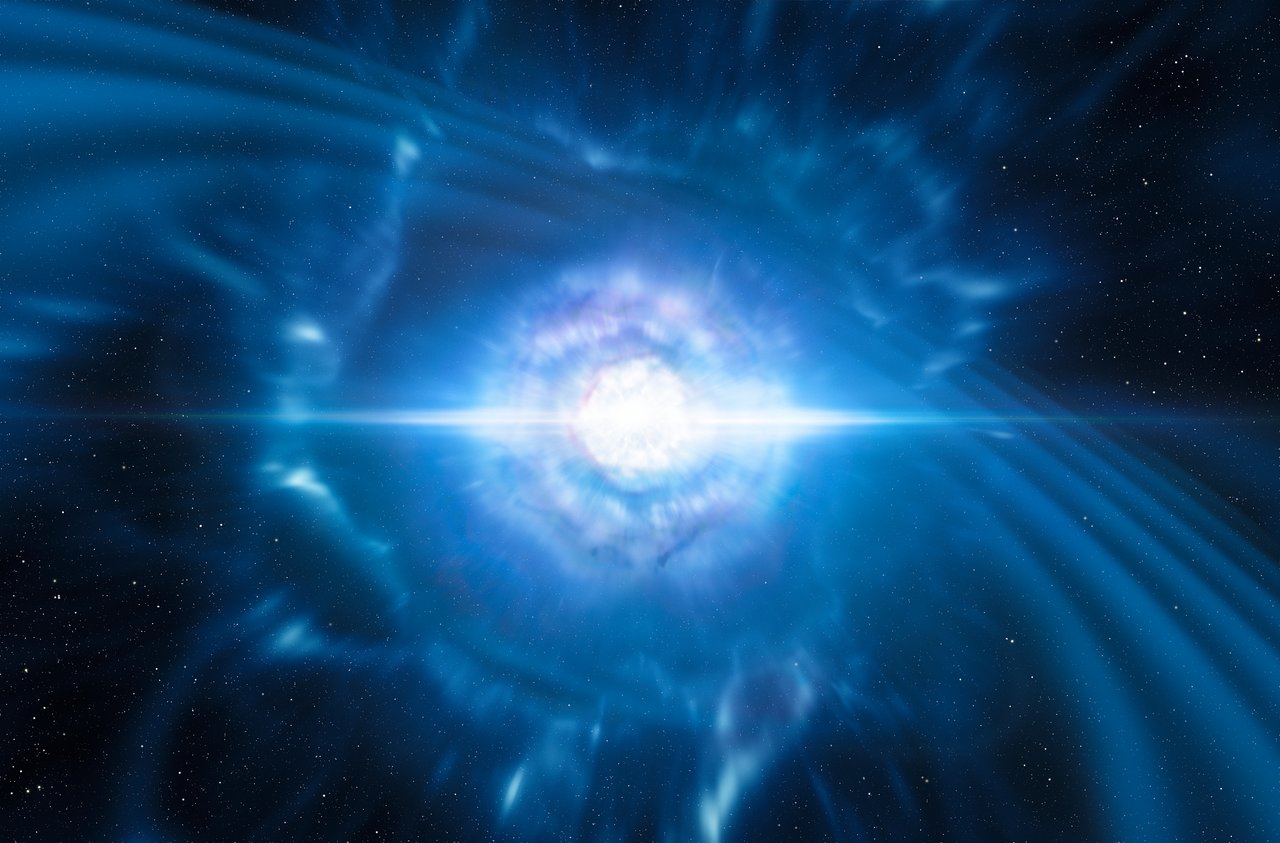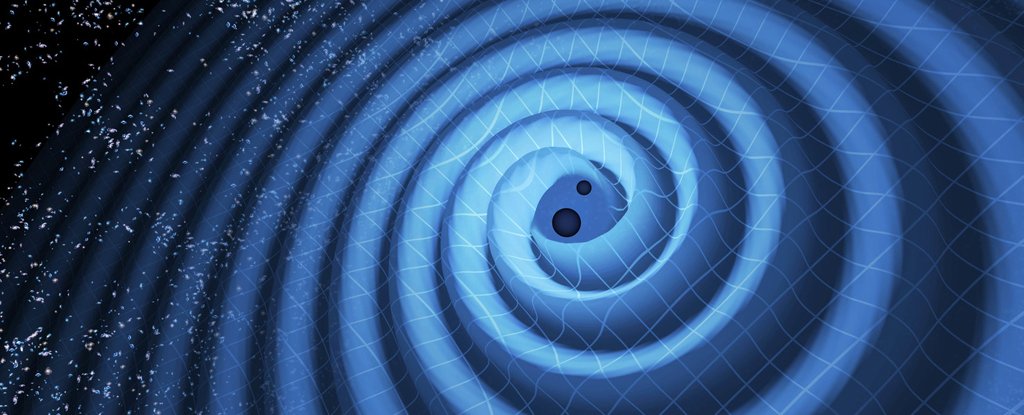
The merger of two neutron stars generated gravitational waves and high-energy gamma radiation and detected last August likely produced a record low-mass black hole.

For the first time, gravitational waves have been detected coming from the violent collision of two neutron star potentially solving the mystery of where heavy elements like gold come from as well as producing a visible afterglow detected by over 70 telescopes around the world.

The gravitational wave events recorded in LIGO are actually the first direct indication of the existence of black holes. Three scientists from US wins 2017 Nobel prize in physics.

Last year’s gravitational wave discovery may have felt like the end of an era. The discovery, instead, spawned an entirely new field of astronomy, and the results are finally starting to trickle in.

A new study by a team from US indicates that black hole mergers could be very common, which has implications for the study of black holes and gravitational waves.

The Laser Interferometer Gravitational-wave Observatory (LIGO) has done it again, detecting gravitational waves rippling away from a cosmic collision between a pair of black holes.

Scientists have proposed a new theory that combines some of the most mysterious phenomena in the Universe - black holes, gravitational waves, and axions - to solve one of the most confounding problems in modern physics.

The telescope, located 5,250 meters above sea level, will detect and gather precise data on primordial gravitational waves in the Northern Hemisphere. It is expected to be operational by 2021.

Gravitational-wave data show tentative signs of firewalls or other exotic physics.

Finding evidence of gravitational-wave memory could help solve the black hole information paradox.

Signal was produced by two black holes colliding 1.4 billion light years away.

LISA Pathfinder mission sets record for truest free fall ever achieved with a humanmade object, and paves the way for the LISA space-based, gravitational wave observatory.

The genius of Albert Einstein lead us to gravitational waves - maybe someday another genius will work out how to make them, says Dr Karl.
Gravitational waves sent out from a pair of colliding black holes have been converted to sound waves, as heard in this animation.

For some, the idea of realistically achieving the ability to travel through time is a thankless pipe dream. For others, each passing day is but another 24-hour block of dreaming about how to best alter history once the surely inevitable technology comes along to make time travel as easy as swiping a bus pass.